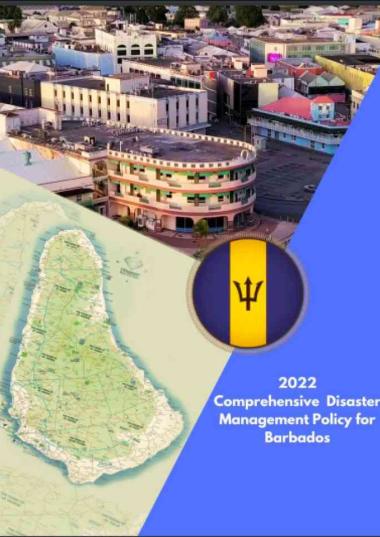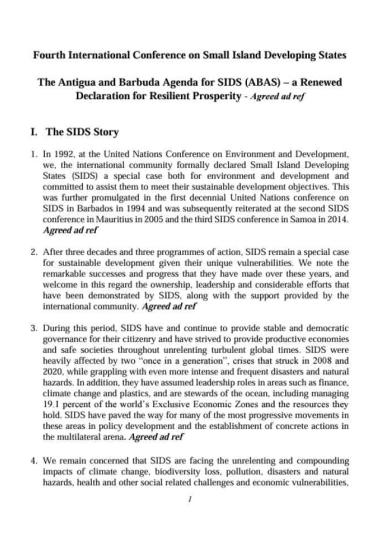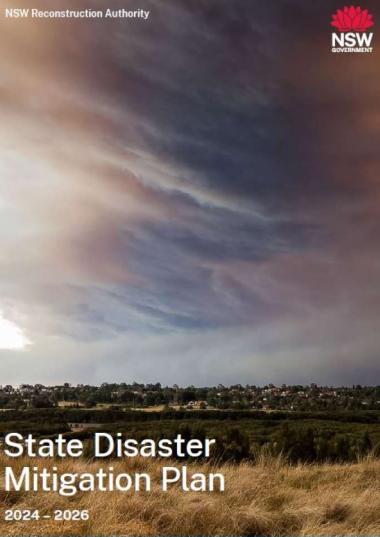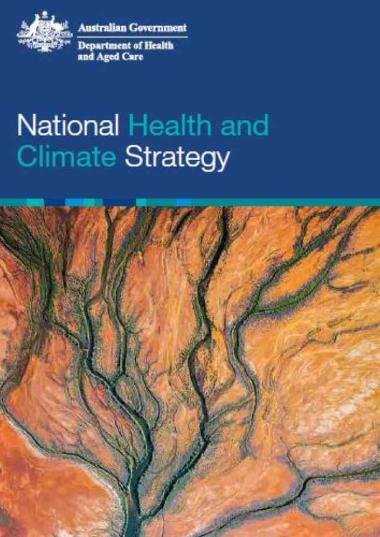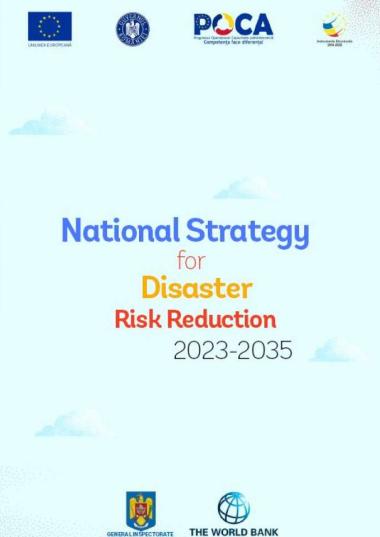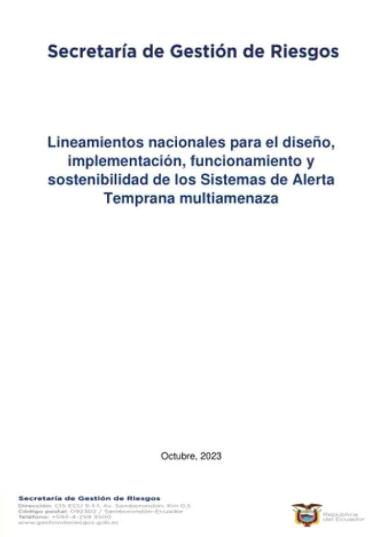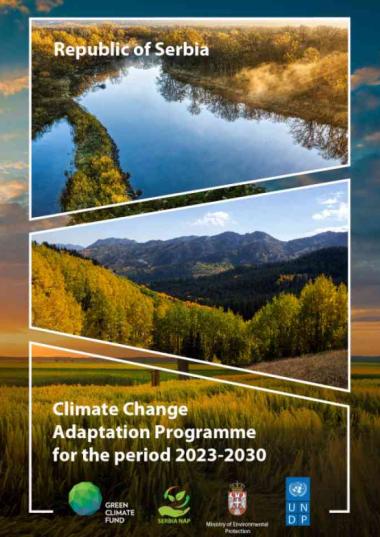
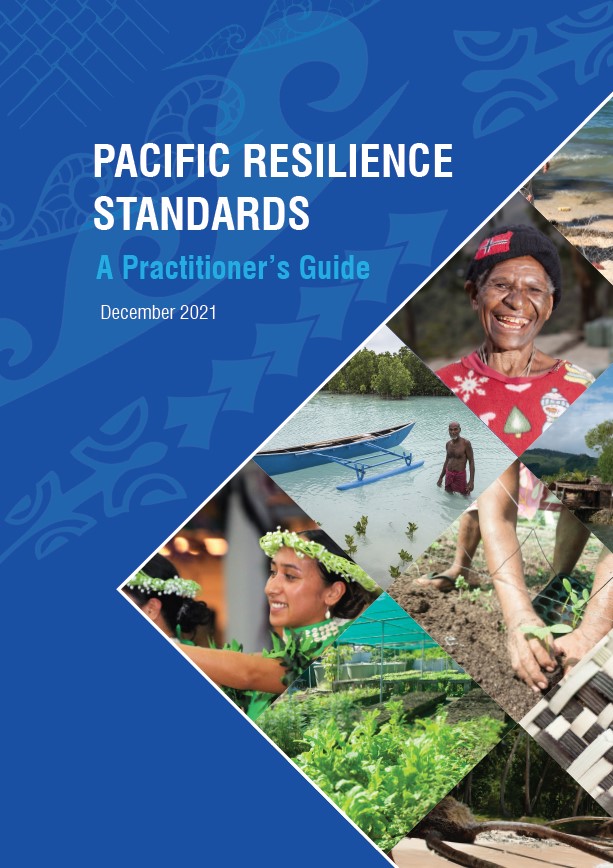
The Pacific Resilience Standard (PRS) is aimed at operationalising the 10 Guiding Principles for the Framework for Resilient Development in the Pacific (FRDP). They have been developed to ensure the quality, effectiveness and integrity of resilience building by providing ‘good practice essentials’ and ‘progress criteria’ that can demonstrate stakeholder achievement of the Guiding Principles, through the support of the PRP Taskforce in November 2018.
The PRS are targeted at decision makers involved in policy development and planning, practitioners designing and implementing resilience interventions, advisers and researchers providing guidance on resilience alternatives, civil society actors, donors and others.
The anticipated use of the PRS is to enable stakeholders to:
- Improve the quality and effectiveness of resilience decision making and practice;
- Articulate expected levels of resilience building practice and progress; and
- Diagnose and self-assess progress and plan the resilience journey.
It builds on 4 standards of resilience as follows:
1) INTEGRATE climate, disaster, environmental, health and social risks; and mainstream into development.
2) INCLUDE and prioritise the needs, rights, and capacities of the most vulnerable, including people living with disabilities; and protect human rights.
3) INFORM resilience building through open and ready access to traditional knowledge and contemporary disaggregated data; by incorporating cultural and traditional resilience, worldviews, and spiritual beliefs; and by strengthening partnerships for sharing lessons and best practice.
4) SUSTAIN resilience building by incorporating ecosystem-based management and guardianship; addressing the root causes of vulnerability including poverty and inequity; strengthening local capacity and ownership for timely and effective preparedness, response, recovery, and risk informed development; and by promoting low carbon development.
